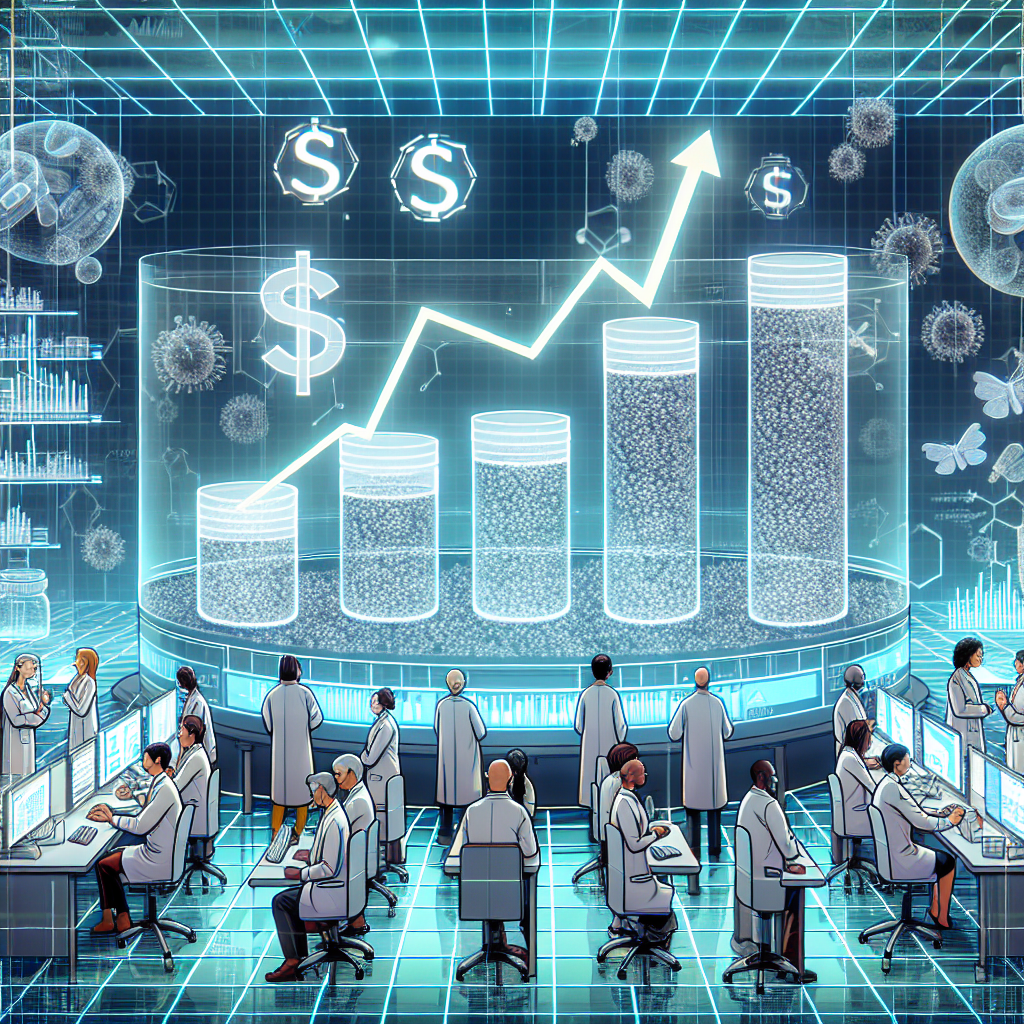In 2025, Reuters analysis found that the prices of newly launched drugs in the United States last year had more than doubled compared to 2021. This is because pharmaceutical companies have utilized advanced science to develop more therapies for rare diseases, which typically come with high price tags.
A survey conducted by Reuters on 45 drugs showed that the average annual price of new drugs in 2024 exceeded $370,000.
According to a study published by the Journal of the American Medical Association (JAMA) based on the same criteria, the median price of 30 drugs launched before mid-July 2021 was $180,000. The median launch prices in 2023 and 2022 were $300,000 and $222,000, respectively.
For years, the U.S. government has been striving to control prescription drug prices, with former President Trump considering addressing drug pricing issues as an important promise to voters. He called for pharmaceutical companies to significantly reduce drug prices and payment costs in the U.S. to align with drug pricing in other high-income countries.
Nevertheless, William Padula, a professor of pharmacy and health economics at the University of Southern California, stated that there is currently no evidence to suggest that this trend will slow down, at least not in reducing the costs of developing new therapies.
Padula expressed, “Over the years, we have had quite decent technologies and solutions for treating many common diseases such as high cholesterol, high blood pressure, and common cancers,” but for rare diseases, due to the smaller number of patients, “the cost of each treatment course will increase.”
According to data from the Iqvia Institute for Human Data Science, the proportion of drugs launched in 2024 for rare diseases (affecting fewer than 200,000 Americans) has increased from 51% in 2019 to 72%, with over 40% of rare disease drugs used for cancer treatment.
The remaining 28% include drugs targeting larger populations, such as Cobenfy, a drug sold by Bristol Myers for treating schizophrenia, with an annual price of $22,500.
The Pharmaceutical Research and Manufacturers of America, a leading industry trade group, stated that pricing drugs focused on rare diseases “ignores the broad impact of these drugs on total prescription drug spending, medical insurance costs, and patient affordability.”
The high drug prices in the U.S. have complex reasons, backgrounds, and experiences.
Initially, the completion of the Human Genome Project in 2003 paved the way for a better understanding of the genetic and biological basis of rare diseases, thus driving the advancement of medical science.
Pharmaceutical companies have been incentivized by policies to invest in rare disease research, including longer market exclusivity, partly due to the limited potential sales.
The Boston Consulting Group predicts that the peak annual sales of new drugs launched in 2024 will reach $60 billion, significantly lower than historical averages due to the lack of “super blockbuster drugs” (referring to drugs with annual sales exceeding $10 billion).
In the past year, the FDA approved 57 new drugs, including 7 new cellular and gene therapies approved by its biologics division. In 2023, the agency approved 55 drugs and 17 new biologics.
The price analysis by Reuters on 45 new drugs launched last year did not include imaging agents, vaccines, intermittently used drugs (such as antibiotics), or products not yet commercially available.
The drug with the highest price among continuously taken medications is Miplyffa, manufactured by Zevra Therapeutics for treating Niemann-Pick Disease Type C, a rare metabolic disorder affecting approximately 900 people in the U.S., with an annual cost exceeding $1 million.
Orchard Therapeutics’ gene therapy Lenmeldy, developed for treating a rare genetic brain and nervous system disorder, was launched last year with a record-breaking single treatment price of $4.25 million.
Pfizer’s hemophilia gene therapy Beqvez was priced at $3.5 million in 2024, but the company withdrew it from the market less than a year later citing weak demand.
Various pharmaceutical companies emphasize that new drugs have cost-saving value, including potential reductions in emergency room visits and hospitalizations. Moreover, some treatment plans utilizing gene editing technology offer the possibility of a cure.
Pharmaceutical companies further stress that the proportion of drug costs borne by patients under health insurance plans is not determined by them.
Many pharmaceutical companies offer savings cards and other programs to reduce out-of-pocket costs; while insurance companies can obtain discounts and rebates from manufacturers’ list prices, especially when competing treatment methods emerge.

